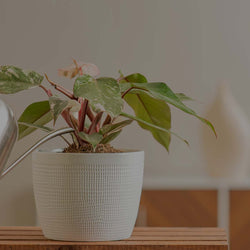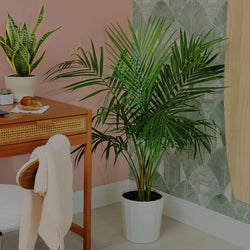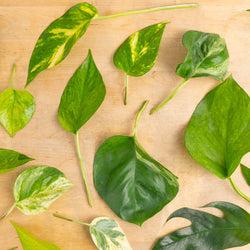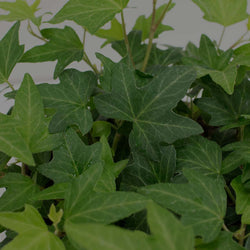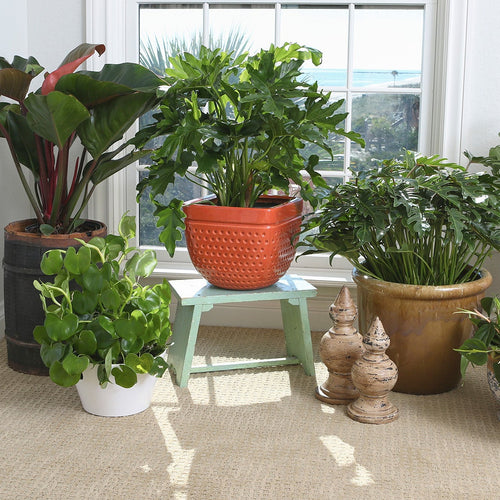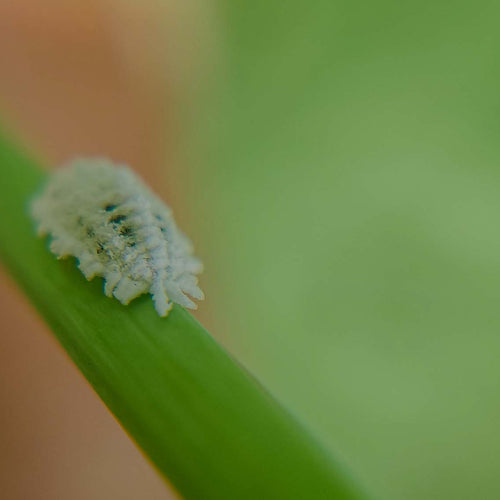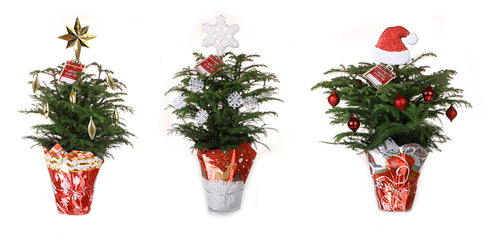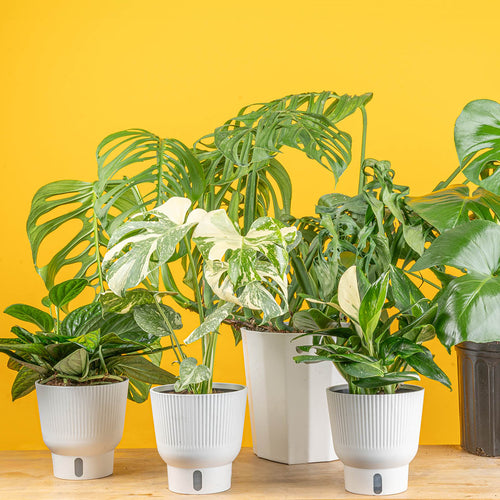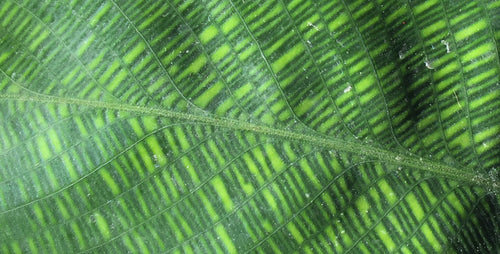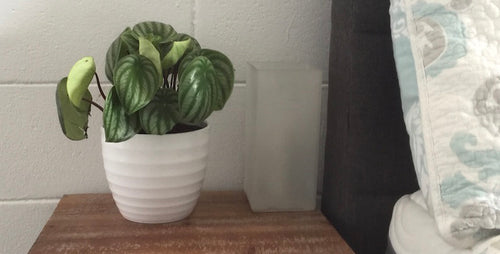
1. They're Tried and True
Dieffenbachia has been popular since Victorian times -- and that’s a good sign of how exceptionally easy it is to grow. Easy-to-kill plants don’t retain their popularity for decades -- they usually fall out of fashion pretty fast.2. They're American Natives
Dieffenbachias are native to Central and South America -- from Costa Rica down through Brazil. Having one (or more) of these plants around can be like visiting a tropical resort. Mix it up by growing a few different varieties of different sizes.3. They Come in Big and Small Types
Dwarf dieffenbachia varieties stay just a foot or two tall, but bigger varieties can reach 6 feet or more and have leaves more than 2 feet long! If you have a dieffenbachia that’s getting a little tall or sparse, you can cut off the top; the plant will resprout and grow a little bushier.
Bonus: Take the top part you cut off and pot it in moist sand, perlite, or potting mix. It should root and you’ll have another plant for free.4. There's a Lot of Varieties to Choose from
There are more than 100 dieffenbachia varieties. Most dieffenbachia varieties have leaves variegated in various shades of green, cream, and white. Some popular dieffenbachia varieties include:- Camille, which is dwarf and has creamy-white leaves edged in green
- Cool Beauty, which is dwarf and has dark green leaves speckled in yellow and edged in white
- Snow, which is large and has gray-green leaves edged in green and splashed with cream
- Sparkles, which is medium and has dark green leaves speckled in yellow
- Tropic Snow, which is large and has green-and-white leaves
5. They're Poisonous if Consumed
Dieffenbachia has a well-established reputation for being poisonous. As far back as 1707 it was noted for the painful irritation and swelling it causes in the mouth and throat if ingested. You may have heard dieffenbachia is also called dumbcane; that’s because of the intense irritation and swelling of the mouth and throat if it’s eaten. Keep dieffenbachia out of the reach of children and pets that might nibble on it.6. NASA Found They Clean the Air
NASA found Dieffenbachia to an air-purifying plant. It absorbs small amounts of harmful VOCs (volatile organic compounds -- including xylene and toluene -- chemicals you really don’t want in your body) from the air we breathe. Just one average-size plant (in a 6-inch-wide pot) purifies the air 100 feet around it.Written by Justin Hancock
